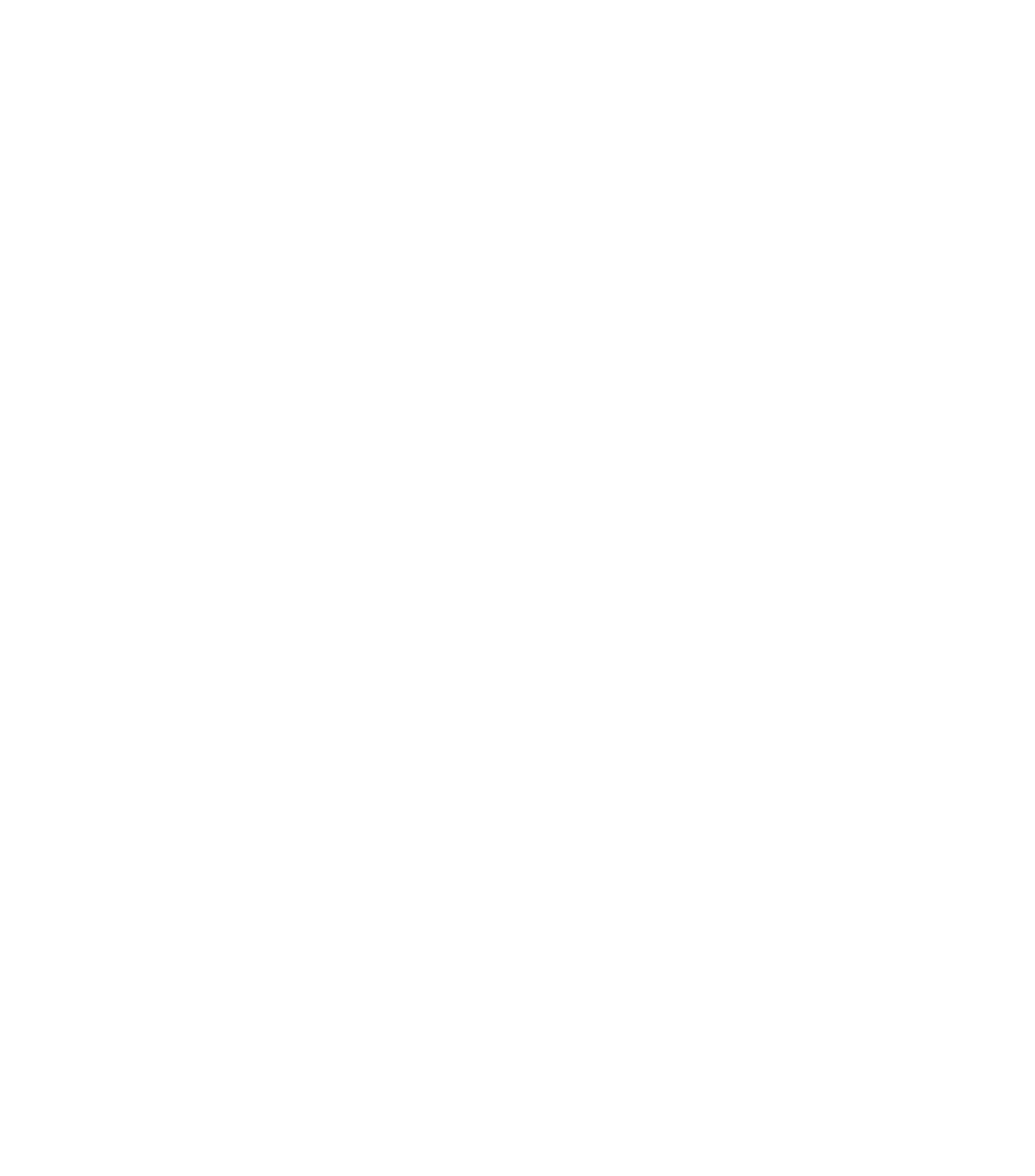Experiencing a panic attack can be an overwhelming and frightening experience. Understanding the common triggers for panic attacks and learning effective strategies to manage them can help prevent future episodes and improve overall mental health. In this article, we will explore the most common panic attack triggers and provide practical tips for managing them.
What is a Panic Attack?
A panic attack is a sudden episode of intense fear and anxiety that typically peaks within minutes. These attacks can occur unexpectedly or be triggered by specific situations or events. Some of the common symptoms of a panic attack include:
- Rapid heartbeat
- Shortness of breath
- Sweating
- Trembling or shaking
- Chest pain
- Feeling of impending doom or danger
If you're unsure whether you're experiencing a panic attack or another condition, read our article on recognizing and coping with panic attack symptoms to learn more about the various symptoms and how to manage them.
Common Panic Attack Triggers
While panic attacks can occur without any identifiable cause, there are certain triggers that can contribute to the onset of these episodes. Some common panic attack triggers include:
1. Stress
High levels of stress can increase the likelihood of experiencing a panic attack. This stress can be caused by various factors, such as work-related issues, relationship problems, or financial concerns. To learn more about stress and anxiety management, read our article on 5 practical strategies for managing anxiety.
2. Phobias
People with specific phobias may experience panic attacks when confronted with the object or situation they fear. For example, someone with a fear of heights might have a panic attack when standing on a high balcony.
3. Traumatic Events
Experiencing or witnessing a traumatic event, such as a car accident or natural disaster, can trigger a panic attack. In some cases, the panic attack may occur immediately after the event, while in others, it may occur weeks, months, or even years later.
4. Substance Use
Certain substances, including caffeine, alcohol, and illicit drugs, can increase the risk of experiencing a panic attack. Overuse or withdrawal from these substances can also trigger panic attacks.
5. Medical Conditions
Some medical conditions, such as hyperthyroidism or hypoglycemia, can cause symptoms similar to those of a panic attack. In these cases, addressing the underlying medical condition may help prevent future panic attacks.
To further understand the causes and triggers of panic attacks, read our article on understanding the causes of panic attacks.
Effective Strategies for Managing Panic Attack Triggers
Now that we have identified some common panic attack triggers, let's discuss effective strategies for managing them:
1. Practice Relaxation Techniques
Learning and practicing relaxation techniques, such as deep breathing exercises, progressive muscle relaxation, and mindfulness meditation, can help reduce anxiety and prevent panic attacks. For a comprehensive guide to relaxation and grounding techniques, read our article on effective grounding techniques to help manage panic attacks.
2. Identify and Challenge Negative Thoughts
Recognize the negative thoughts that contribute to y
